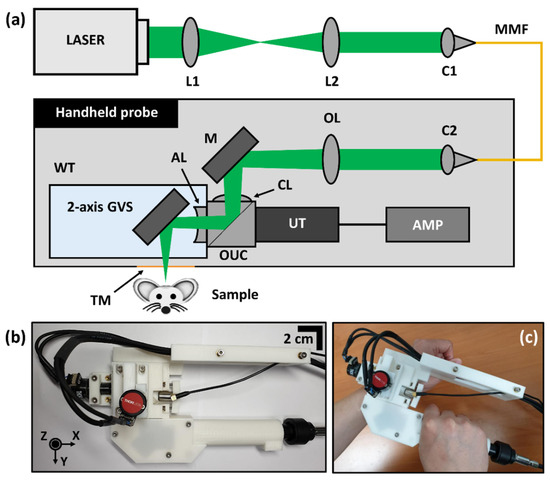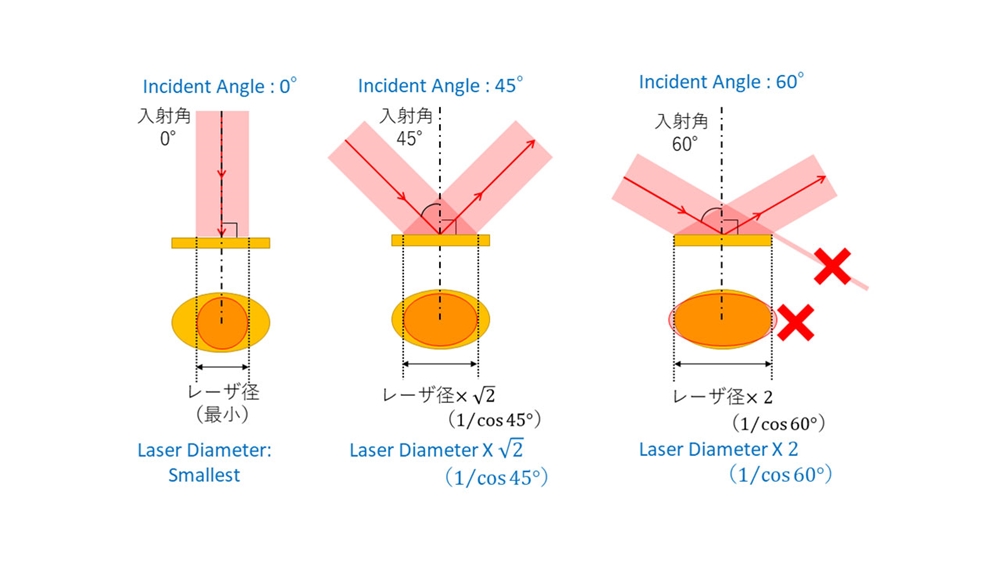Exactly How a Galvanometer Scanner Boosts Performance in Laser Scanning Technologies
The integration of galvanometer scanners in laser scanning technologies stands for a pivotal advancement in accuracy design. By assisting in fast and exact adjustments of laser beam of light direction, these tools dramatically enhance functional performance throughout different applications, from medical imaging to industrial engraving. The underlying electro-magnetic systems, combined with advanced responses systems, ensure real-time control and boosted accuracy. Nonetheless, as markets significantly demand higher efficiency standards, the concern occurs: what future innovations might better elevate the abilities of galvanometer scanners in this evolving landscape?
Understanding Galvanometer Scanners
A galvanometer scanner is an advanced gadget that leverages electromagnetic concepts to achieve accurate angular motion of mirrors or other reflective surfaces. These scanners operate through the communication of an electrical present and a magnetic area, making it possible for accurate and fast placing. This innovation is crucial in applications needing high-speed scanning, such as laser engraving, optical communication, and medical imaging.

Galvanometer scanners are typically defined by their quick response times and high angular resolution, making them optimal for applications that require fast movements and accurate positioning. Their integrity and efficiency make them a crucial part in modern laser scanning technologies, adding significantly to improvements in different fields, consisting of manufacturing, health care, and telecommunications.
Device of Laser Beam Of Light Control

The control system depends on closed-loop comments systems that continuously keep track of the beam's setting. The signals from optical sensors provide real-time information to the control system, enabling rapid modifications to maintain accuracy. This is vital in applications where also mild inconsistencies can jeopardize the top quality of the check or etching.
Furthermore, the galvanometer's response time is extremely important; high-speed electric motors allow speedy motions, making sure that the laser beam can swiftly trace complex patterns or execute elaborate procedures. The assimilation of digital signal processing further improves the responsiveness and precision of the galvanometer scanner. On the whole, the system of laser beam control through galvanometer scanners exemplifies the fusion of sophisticated engineering and modern technology, yielding high-performance end results in laser dig this scanning applications.
Benefits of Improved Precision
Enhanced precision in laser scanning modern technologies offers considerable advantages across different applications, from commercial production to clinical procedures. The integration of galvanometer scanners permits very exact light beam positioning, which is critical for jobs needing careful detail. This improved precision makes sure that the laser can target details areas with marginal discrepancy, leading to premium quality end results.
In industrial contexts, accurate laser scanning leads to boosted product consistency and minimized material waste. In medical applications, the accuracy of laser procedures can substantially affect client results.
Moreover, boosted accuracy promotes find out here now innovative applications such as 3D imaging and microfabrication, where also minute mistakes can lead to considerable errors. By offering repeatable and reliable laser positioning, galvanometer scanners contribute to the overall efficiency and effectiveness of laser systems. In summary, the benefits of enhanced accuracy not just improve functional efficiency however also elevate the criteria of top quality and safety and security in different markets.
Applications in Numerous Industries
The convenience of galvanometer scanners in laser scanning innovations prolongs across several industries, each gaining from the accuracy they supply. In the clinical field, these scanners are crucial in applications such as laser surgical procedure and imaging, enabling very exact targeting of tissues while reducing damages to surrounding areas - galvanometer scanner. Their rapid feedback and fine resolution are crucial in creating top quality outcomes
In the manufacturing field, galvanometer scanners improve processes like laser inscription and cutting. Their capability to rapidly direct laser beams onto surface areas enables reliable production lines, boosting rate and accuracy in producing intricate designs or components.
The auto industry likewise maximizes galvanometer innovation for quality assurance and examinations (galvanometer scanner). By employing high-speed scanning, makers can identify issues in settings up or materials, making sure that products satisfy rigorous requirements
Furthermore, in the home entertainment field, galvanometer scanners are employed in laser light shows and screens, offering dynamic aesthetic experiences with precise control over laser movements.
Future Patterns in Laser Scanning
Emerging innovations are positioned to revolutionize the landscape of laser scanning, with galvanometer scanners at the leading edge of this change. As markets increasingly require accuracy and effectiveness, the evolution of galvanometer technology will certainly drive considerable innovations in laser scanning applications.
Future fads indicate an expanding integration of man-made intelligence and artificial intelligence formulas, which will improve data processing capabilities and automate decision-making in real-time. This harmony will permit much more advanced evaluation of checked information, resulting in improved accuracy in applications such as 3D modeling and autonomous navigating.
Furthermore, the miniaturization of elements and the development browse around this site of advanced products will add to lighter, much more portable laser scanning systems. This portability will certainly broaden the reach of laser scanning innovations into previously hard to reach environments, such as remote surface and complex building rooms.
The surge of enhanced reality (AR) and online truth (VIRTUAL REALITY) applications will additionally shape the future of laser scanning. By combining galvanometer scanners with AR and VR, users will gain from immersive experiences that enhance visualization and job planning.
Verdict
Finally, galvanometer scanners play a crucial role in maximizing laser scanning technologies via their exact control of light beam instructions and rapid angular changes. The integration of innovative comments systems and optical sensors substantially boosts operational speed and precision, resulting in boosted end results in applications such as laser engraving and medical imaging. As sectors significantly embrace these technologies, the recurring advancements in galvanometer scanner layouts are anticipated to additional raise efficiency standards and widen application opportunities.
The combination of galvanometer scanners in laser scanning innovations stands for an essential development in precision design. In general, the device of laser beam control with galvanometer scanners exhibits the combination of sophisticated engineering and innovation, generating high-performance outcomes in laser scanning applications.
By supplying repeatable and dependable laser positioning, galvanometer scanners contribute to the total effectiveness and effectiveness of laser systems.The flexibility of galvanometer scanners in laser scanning innovations prolongs throughout numerous sectors, each benefiting from the accuracy they offer.In verdict, galvanometer scanners play a crucial function in maximizing laser scanning innovations via their precise control of beam direction and fast angular modifications.